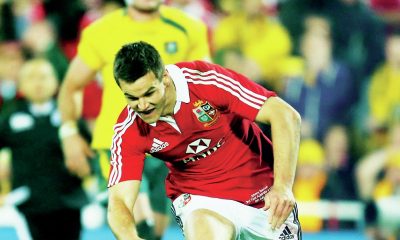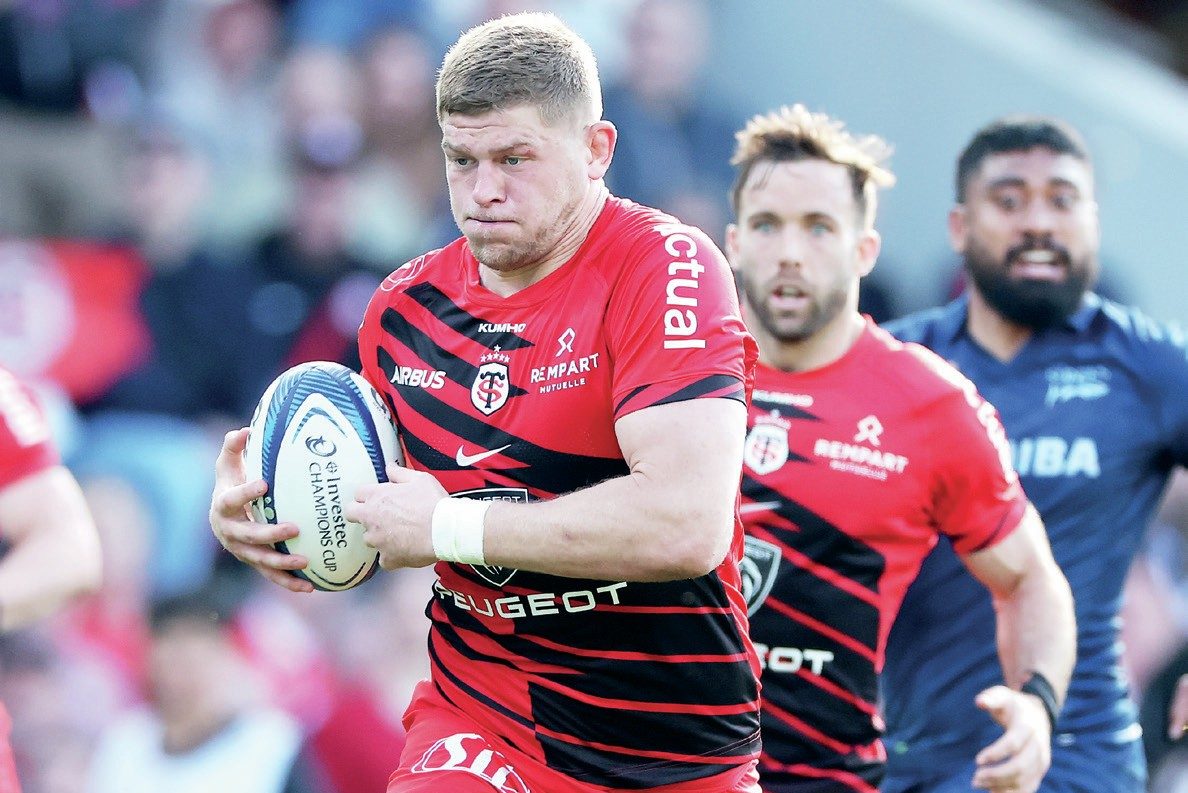 When I look at an outside centre I want an attacking player with enough pace to worry his own full-back and wing into thinking they are not fast enough to keep up. The man in the No.13 jersey must also have the ability to bring others into the game. In my book that does not mean being able to throw a 20-metre pass as much as it does being able to see a chance, and seizing it.
When I look at an outside centre I want an attacking player with enough pace to worry his own full-back and wing into thinking they are not fast enough to keep up. The man in the No.13 jersey must also have the ability to bring others into the game. In my book that does not mean being able to throw a 20-metre pass as much as it does being able to see a chance, and seizing it.
There are plenty of people who don’t see it that way, and the global situation is that outside-centres are no longer real pace men. Instead, it’s more about being able to bash over the gain line – and that’s why it’s now hard to distinguish between the 12 and 13.
However, overall they are not the same position, and you do not want two identical players as your centre pairing. The best midfield fit is a 10-12-13 combination with different but complementary skills that keep defences guessing.
For instance, Luther Burrell has been playing very effectively at inside-centre for Northampton this season, but asking him to suddenly adapt and play outside-centre at international level would not be right. I hope Stuart Lancaster doesn’t ask him to, and the same applies to Bath’s Kyle Eastmond.
They are inside-centres, and they run different lines and angles to outside-centres. For instance, if you played Burrell at 13, you would not be able to play with the width that you could with a quicker guy like Henry Trinder.
There has never been an ideal build or size for an outside centre. There is still a bit of a hangover in rugby that you need to be thin and small to be fast, and therefore No.13 could be for you. However, there have always been outside centres with size and pace, and the latest in the line is South Africa‘s JJ Engelbrecht.
It’s also a position for what I call ‘rugby-smart’ players. New Zealand‘s Conrad Smith isn’t the quickest or the biggest, but he has great skill and anticipation, and his mental toughness allows him to play there. The fact that he has played 75 Tests for the All Blacks, with a very high win ratio, says it all.
My ideal outside-centre would combine the intelligence of Smith and the speed and power of Engelbrecht.
Manu Tuilagi has been the X-factor in this England side, and his explosive power on the gain-line means that he carries the ball like no other. Now that he is injured England cannot replicate that at No.13, and so they have to work on a different system.
It emerged this week that the two leading candidates to replace Tuilagi at outside centre, and provide that new approach, are Joel Tomkins of Saracens and Gloucester’s Trinder – both of them uncapped. I’m impressed by Tomkins, and he’s up there in terms of rugby ability and understanding of space. He may not have searing pace, but he is strong in contact and offloads well out of the tackle. I like the idea of Tomkins playing outside Billy Twelvetrees, because he would say: “Give me the ball in space and then play off me.”
My only reservation is that Saracens mould their players and get them to buy into a specific way of playing, and I’m not sure that always gives players the room to develop.
A head coach’s team very often reflects him, and there are many who don’t want risk-takers in their backline who put their jobs at risk. Mark McCall played alongside Brendan Venter as a centre pairing at London Irish, and while they weren’t the quickest, they were hard and direct – and that’s the way their Saracens team plays.
However, I hope Tomkins gets the chance with England to show some of his Rugby League influences in attack, and to do that he needs to find his voice within the group.
As an outside back you’ve got to love scoring tries – and coaches should never forget that. Players like Tuilagi, and Will Greenwood before him, just love getting over the whitewash, and you’ve got to get that feeling into a squad by encouraging coaches to play a game that scores tries.
You get into the England team by getting people talking about you, and that means having a part of your game that is outstanding.
Trinder needs to set a trend of making or scoring tries, because that’s what he is in the side for.
Trinder’s pace and step bring a different dynamic because the Gloucester mindset is different to that at Saracens – but to select him you have to play a game which includes him. I’ve watched players like Trinder come into the England camp in the past, but you didn’t see them because they were never really part of the game-plan.
For instance, if Lancaster picked Owen Farrell and a Gloucester centre pairing of Twelvetrees and Trinder, you don’t ever want to see Trinder deliberately crashing the ball into contact.
It’s wasting his ability. Instead, you put the responsibility on Farrell as a distributor, and Twelvetrees as a carrier, and use Trinder as the guy behind your decoy runners, putting him into space.
If I was in Lancaster’s shoes I would also seriously consider asking Marland Yarde to switch from wing to outside centre. If he became familiar with the position, Yarde’s pace and power would worry any backline he played against.


Latest News
Super Rugby Americas: Round Ten Review

British and Irish Lions
British and Irish Lions: Biggest winners and losers from Andy Farrell’s selection
























You must be logged in to post a comment Login